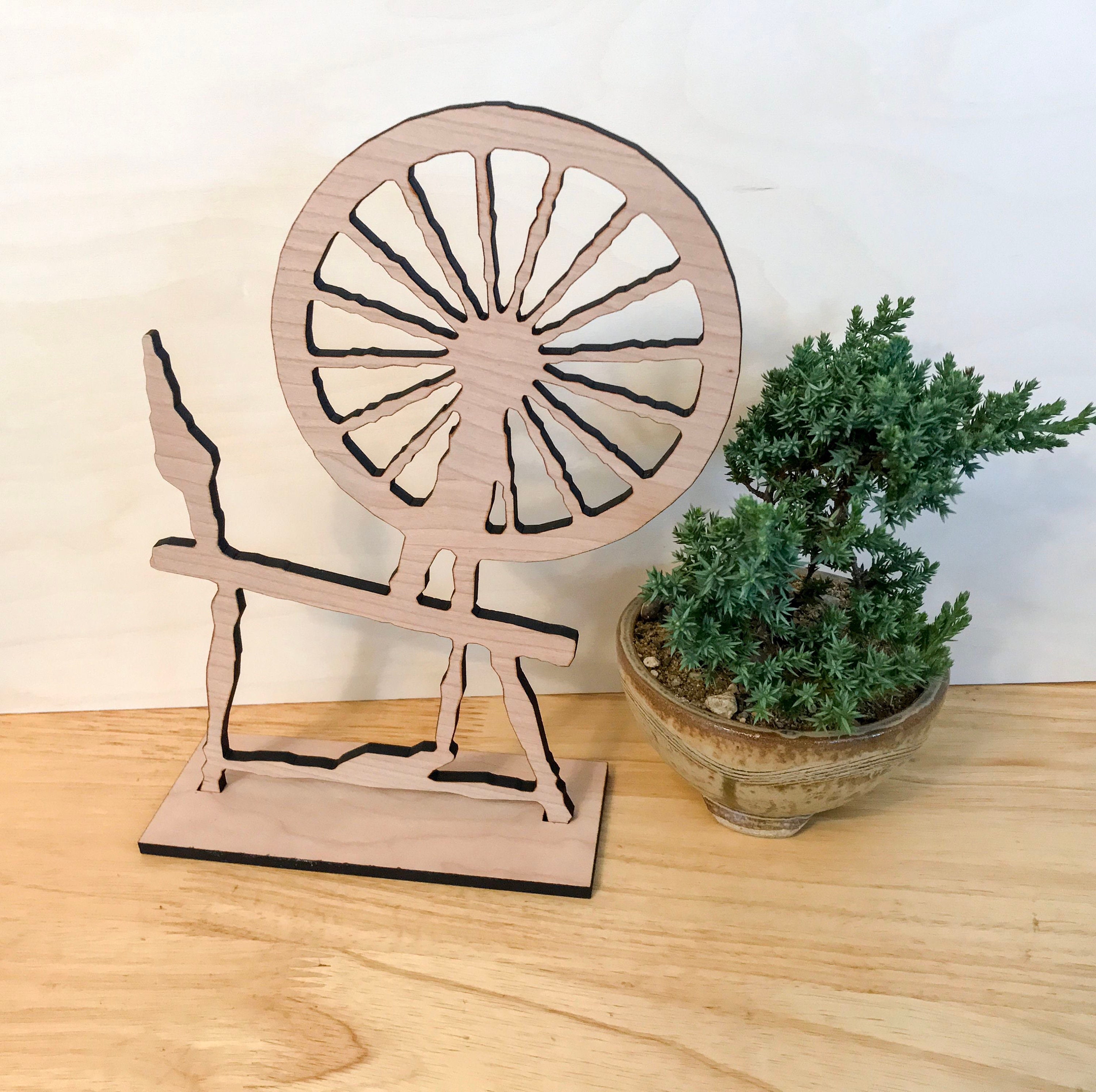


Ancient Egyptians processed flax into linen and surely used the earliest form of spinning apparatus, known as the drop spindle. Man has been spinning fibers for centuries as woven cloth cannot be made without producing yarn or thread. Different fibers require different kinds of pieces or bobbins placed on the spinning wheel and even call for spinning wheels of different size or configuration in order to spin the specific fiber more efficiently. Each of these fibers vary tremendously in length of staple, quality and strength. Many different kinds of fibers can be spun on a simple spinning wheel, including wool and hairs bast fibers which come from below the surface of a plant stem including flax (linen), hemp, jute, ramie, and nettle and seed fibers, particularly cotton. If the thread is let go it will immediately untwist, but if wound on a stick or bobbin it will remain a thread that can be used for sewing or weaving. However, if the few fibers are pulled from the bunch and at the same time are twisted the few pulled out will begin to form a thread. The action is based on the principle that if a bunch of textile fibers is held in one hand and a few fibers are pulled out from the bunch, the few will break from the rest. The spinning wheel's essential function is to combine and twist fibers together to form thread or yarn and then gather the twisted thread on a bobbin or stick so it may be used as yarn for the loom. This thread or yarn is then woven as cloth on a loom. A spinning wheel is a machine used to turn fiber into thread or yarn.


 0 kommentar(er)
0 kommentar(er)
